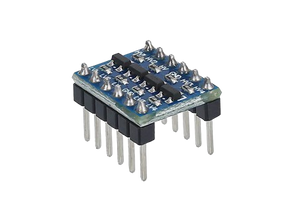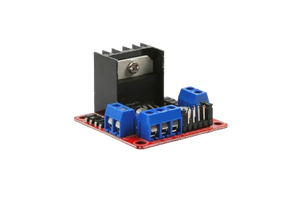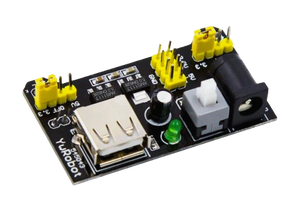
What is the BME280?
The BME280 is a versatile and highly accurate environmental sensor that measures humidity, pressure, and temperature. This combination of sensing capabilities makes the BME280 ideal for various applications, including weather stations, indoor climate control, and environmental monitoring. Its ease of use and compatibility with popular microcontrollers like the Raspberry Pi, Arduino, and ESP32 have made it a favorite among hobbyists and professionals alike.
Explore More About This Product
Check out these videos and articles to gain deeper insights into how you can make the most of this product:
- How the BME280 Works | MEMS Overview
- How to Upload Data to Google Sheets using Pi Pico W
- Stream Sensor Data from Local Computer to Raspberry Pi Pico W
- Measure Altitude with BME280 and Raspberry Pi Pico
- How to Connect the BME280 Sensor to the Raspberry Pi Pico Using CircuitPython
Operating Mechanisms of the BME280
The BME280 operates by utilizing its integrated sensors to measure humidity, pressure, and temperature. Here's a breakdown of its operating mechanisms:
- Humidity Sensor: The humidity sensor measures relative humidity in the range of 0% to 100%. It provides accurate and reliable data, which is essential for applications like HVAC systems and weather monitoring.
- Pressure Sensor: The pressure sensor measures atmospheric pressure from 300 hPa to 1100 hPa. This data can be used to determine altitude, making it useful for applications like GPS and altitude tracking.
- Temperature Sensor: The temperature sensor measures ambient temperature with a range from -40°C to +85°C. This is useful for applications requiring precise temperature monitoring and control.
- Communication Interface: The BME280 communicates with microcontrollers via the I2C or SPI protocol, making it easy to integrate with devices like the Raspberry Pi, Arduino, and ESP32. The sensor's registers can be accessed and configured through simple commands, allowing for customizable data acquisition and control.
By combining these mechanisms, the BME280 provides a comprehensive solution for environmental sensing, making it an essential component in many modern electronic projects.
Pins

BME280 Pinout
VCC (Power Supply: +3.3V)
This pin is used to supply power to the BME280. The sensor operates within a voltage range of 1.8V to 3.6V.
Connection: Connect this pin to the 3.3V power supply from your microcontroller or development board.
GND (Ground)
This pin is the ground connection for the sensor. It should be connected to the ground of your power supply or microcontroller.
Connection: Connect this pin to the ground (GND) of your microcontroller or development board.
SCL (Serial Clock)
This pin is used for the I2C clock signal. It synchronizes the data transfer between the BME280 and the microcontroller.
Connection: Connect this pin to the I2C clock pin (SCL) on your microcontroller.
SDA (Serial Data)
This pin is used for the I2C data signal. It is used for bidirectional data transfer between the sensor and the microcontroller.
Connection: Connect this pin to the I2C data pin (SDA) on your microcontroller.
CSB (Chip Select)
This pin is used to select between the SPI and I2C communication protocols.
Connection: Connect this pin to VCC for I2C mode or to GND for SPI mode.
SDO (Serial Data Output for SPI)
This pin is used for the SPI data output. It transfers data from the sensor to the microcontroller in SPI mode.
Connection: Connect this pin to the SPI data input pin (MISO) on your microcontroller if using SPI mode.
Technical Specifications
| Specification | Details |
|---|---|
| Sensor Type | Humidity, Pressure, and Temperature |
| Humidity Range | 0% to 100% |
| Pressure Range | 300 hPa to 1100 hPa |
| Temperature Range | -40°C to +85°C |
| Interface | I2C (up to 3.4 MHz), SPI (up to 10 MHz) |
| Power Supply | 1.8V to 3.6V |
| Operating Temperature | -40°C to +85°C |
| Dimensions | 2.5 x 2.5 x 0.93mm (0.1 x 0.1 x 0.03in) |



